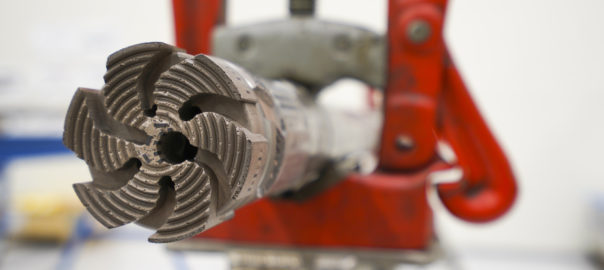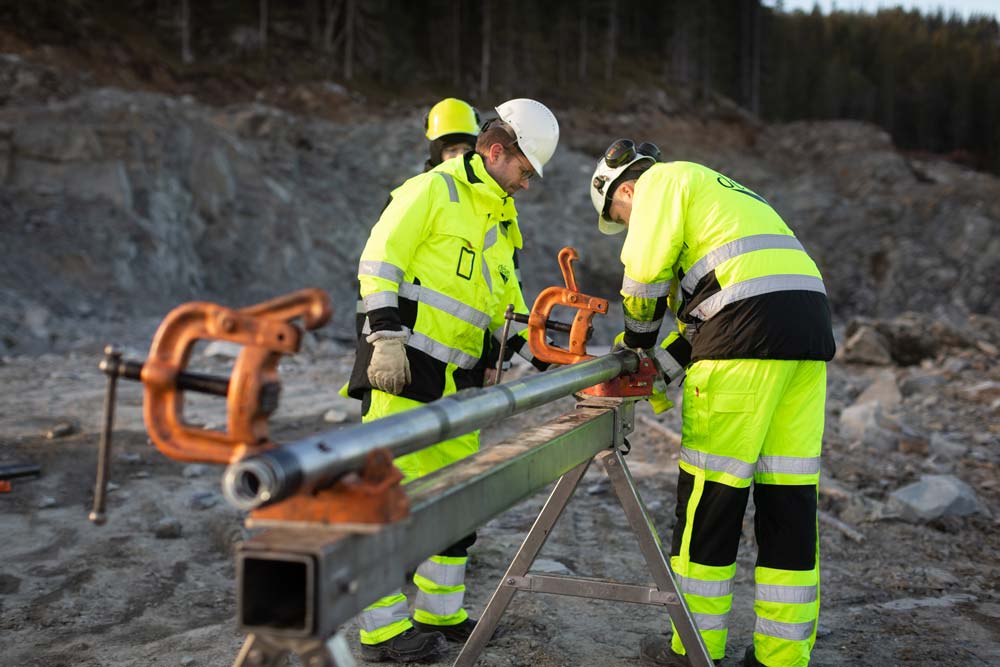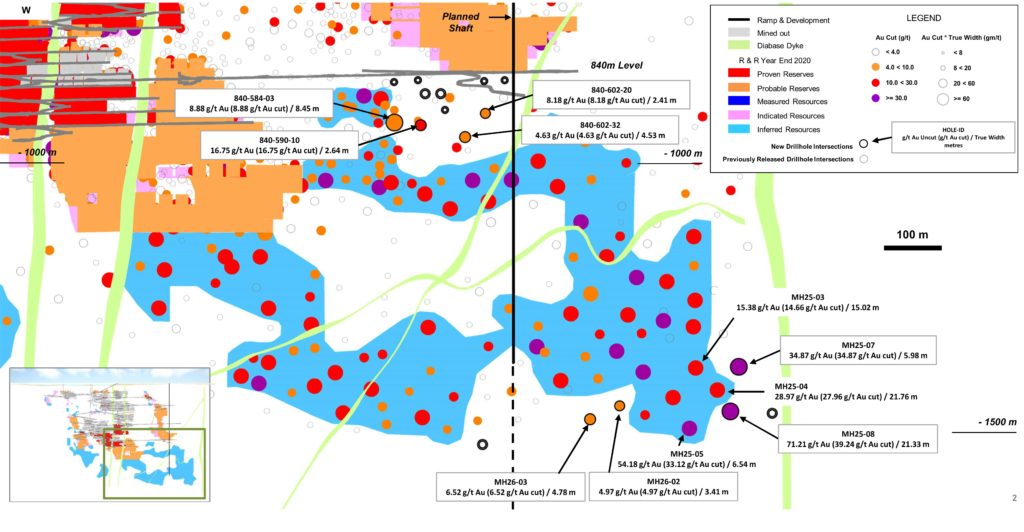International Directional Services (IDS), a Granite Company, and Veracio, a leading mining technology company, have announced a partnership to offer Veracio’s complete suite of driller-operated tooling to IDS clients.
Veracio says it is making significant steps toward leveraging advanced geological technologies to enhance the mining lifecycle. While IDS and Veracio have an existing relationship, the announcement of this partnership acknowledges the vision both companies share for transforming how the drilling workflow can be enhanced with better data, they say. By combining IDS’s expertise in directional drilling and Veracio’s geological data collection, the partnership will empower IDS and Granite clients to reduce unnecessary drilling costs, mitigate operational errors, minimise waste and foster sustainable mining practices.
“Our collaboration further strengthens Veracio’s position in the US market and reinforces our commitment to advancing the mining industry by offering cutting-edge solutions,” Veracio’s Chief Executive Officer, JT Clark, said. “Together with IDS, we are committed to redefining industry standards, empowering precision and integrity with every survey, and delivering unparalleled solutions for the mining industry.”
Jason Smith, IDS General Manager, said: “We are excited to embark on this strategic partnership with Veracio. By combining our data collection expertise with Veracio’s cutting-edge instrument technology, we aim to redefine how drill hole data is utilised in our industry. This collaboration represents a significant step forward for IDS and our commitment to delivering excellence to our clients.”
Key objectives of the partnership include:
- Enhanced drill hole data analysis: deploy cutting-edge technology to enhance the accuracy and quality of drill hole data analysis, providing valuable insights for mining projects
- Increased productivity: leveraging Veracio’s growing fleet of technologies, including TruGyro and TruSub technology, ensures that drilling is precise and efficient leading to better resource definition, safety and lower risks of operational errors, at lower cost; and
- Client support and satisfaction: the partnership aims to elevate the level of support and satisfaction for IDS’s clients by delivering data-driven insights and innovative solutions.
The announcement is headlined by the most compact and integrated continuous north-seeking gyro tool in drilling, Veracio’s TruGyro, a north-seeking gyro tool built to deliver precision data at depth in some of the toughest of environments, Veracio says. IDS also currently serves as the distributor for Veracio’s TruShot, a magnetic survey tool specially designed for driller deployment. Known for its durability, precision and user-friendly features, TruShot enables drillers to confidently capture high-quality 3D hole path data, Veracio says. In addition to TruShot, IDS also distributes core orientation tooling on behalf of Veracio.
As Veracio introduces new products to the market, IDS aims to expand its customer offerings to provide a comprehensive range of cutting-edge solutions.













